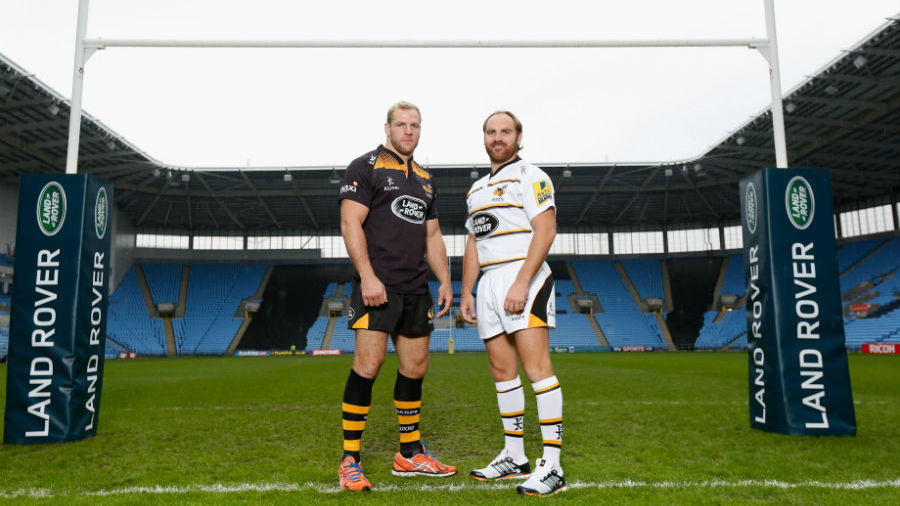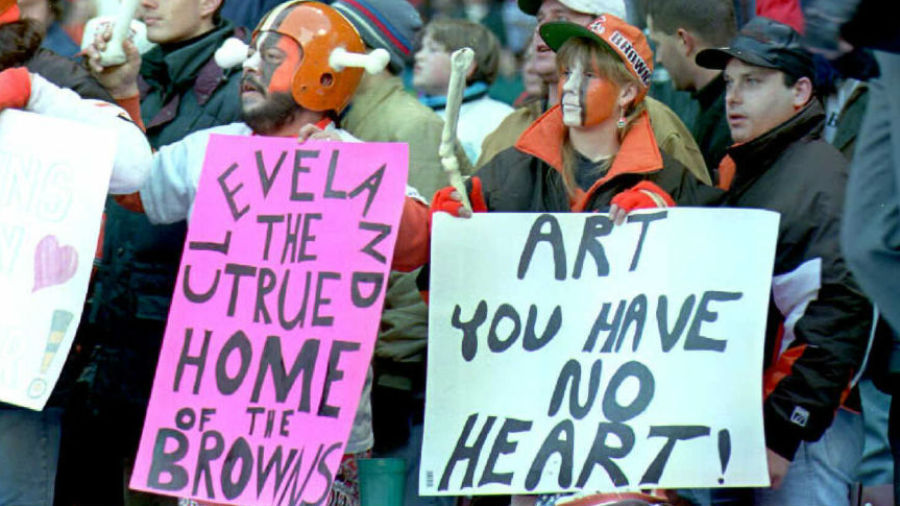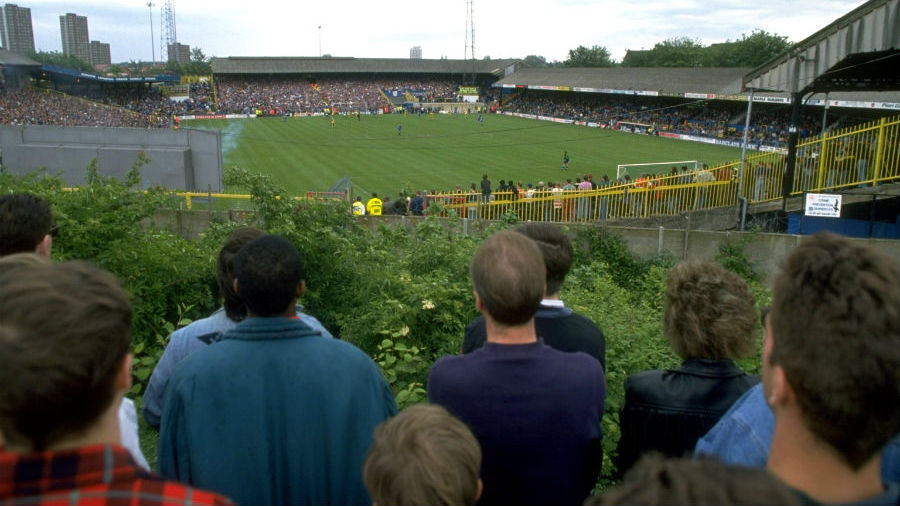- Clubs on the move
Flying the nest: Wasps, Lord's and ... super-mobile Millwall

Moving home is supposed to be one of life's most stressful events but on Sunday Aviva Premiership outfit Wasps did just that when they beat London Irish 48-16 in the first game at their new stadium, Coventry's Ricoh Arena.
They are not the first club to uproot their fans, players and operations and head off in a bid to prosper but they seem to have managed the switch with the minimum of fuss. As Alex Perry reveals, in a potted history of travelling teams, it is a feat some did not even dream of achieving.
Wasps have been playing at Wycombe Wanderers' Adams Park, sharing with football team, for the past 12 years.
They have changed homes several times in their 147-year existence, moving around the grounds in north London until settling in Middlesex, which, according to Wasps' official website, is "still considered the club's spiritual home by diehard fans". After a six-year stint at Queens Park Rangers' Loftus Road, Wasps moved outside the M25 for the first time, setting up shop some 30 miles west of the capital in High Wycombe.
Did you know?
- While the Ricoh Arena won't feature during next year's rugby World Cup, Stadium MK, capacity 30,500, will host at least three matches from the tournament.
The latest move, a further 85 miles up the M40, was met with muted protest but, as ESPN Scrum's Tom Hamilton noted, this is largely due to Wasps relatively small fanbase.
The motive for the move was financial and the same can be said for Arsenal, who started life in south-east London before money problems forced them north. Cash played a large part in Bristol Rovers' move to nearby Bath for 10 seasons in the late 1980s too, while Leyton Orient were Clapton based prior to the second World War.
Then there is the most famous - and controversial - case of all: Wimbledon relocating to Milton Keynes in 2004. Incidentally, MK Dons did not immediately move into their current home, Stadium MK. Chairman Pete Winkelman's controversial move saw them take over the National Hockey Stadium where, for three years, football was the only sport played
One of the more interesting debates surrounding Winkelman's decision to swap south west London for the concrete cows of Milton Keynes was whether the new Dons or the fans' phoenix club, AFC Wimbledon, would take possession of the original Crazy Gang's history, which includes their famous 1988 FA Cup win.

NFL side Cleveland Browns, who moved to Baltimore, some 376 miles south east in Maryland, endured a similarly difficult transition in 1995.
Now, throw a dart at a map of the US and it will undoubtedly pierce a town or city that has lost or gained a sports team of one form or another: Brooklyn's Dodgers switched to Los Angeles, the New York Giants went to San Francisco and the Oakland Raiders to LA - and back again. The list goes on.
Did you know?
- In a script deemed too unlikely by Hollywood, the Baltimore Ravens won the Super Bowl just 12 months after the Cleveland Browns' re-emergence. They have gone on to win it again since, in 2012, while the Browns still await their first appearance in the NFL's season showcase.
But the Browns' swapping Cleveland for Ohio caused such hullabaloo it gained its own name: "The Move". Admittedly, not very imaginative, but few franchise sales have caused such uproar.
Browns owner Art Modell announced in November 1995 that he had signed a deal to relocate the team to Baltimore, which had Colts to Indianapolis in the early 1980s, for the following season.
The newly-formed Baltimore Ravens were not only taking the Browns' players and staff, they were taking the team's history, too. However, after a three-year deactivation period, Cleveland was once again awarded an NFL franchise and the Cleveland Browns - who reclaimed their history - were reborn.

In most cases, money talks but when the Turkish army invaded Cyprus in 1974 and took over the northern territory of the island, there was a different motivation to move and no fewer than three Cypriot First Division teams in the region were forced to find a new place to call home.
The two teams from the eastern port town of Famagusta - Anorthosis and Nea Salamis - shifted 25 miles down the coast to the island's third biggest city of Larnaca - giving a population of around 50,000 a total of five first-class football teams to choose from.
Both teams built stadia in their new settlement - Anorthosis moving into the 10,200-seater Antonis Papadopoulos Stadium and Nea Salamis taking up residency in the 5,500-capacity Ammochostos Stadium.
The third team displaced by the invasion was Doxa Katokopias after the town of Kotokopia was also captured. Doxa moved around three miles south, across the newly-formed border, to Peristerona. Doxa - which means Glory in English - have also been on the move since, taking over the former national stadium, the Makario, in the Cypriot capital of Nicosia.

Closer to home, there is one team whose mobility might come as a surprise. Millwall may be one of south London's loudest and proudest clubs, but the Lions started life north of the river.
Founded in 1885, the club's first home was a waste area on Glengall Road on the East End's Isle of Dogs. After a year, they moved a mile down the road to the Lord Nelson Ground and stayed for four years before deciding they needed their own purpose-built stadium - the Athletic Ground.
Millwall sat tight in their third home for 11 years but were booted out by the dockyard, which needed the space to expand its business. The club moved back to an area which has since become known as North Greenwich and, nine years later on October 8, 1910, played their last game as an east London club.
They crossed the river to Cold Blow Lane and moved into The Den, around three miles south west of the Isle of Dogs, where they remained for 83 years.
Did you know?
- When the Docklands Light Railway was built in the 1980s, the station at Millwall Docks on the Isle of Dogs was named 'Mudchute' to prevent confusion among away fans looking for a stadium several miles away.
According to MillwallHistory.co.uk: "'Dirty Den' was a regular headline in The Sun or The Mirror during the late 1980s - and they weren't talking about EastEnders!
"Visiting players and supporters and journalists hated it. In truth for most of the time, so did the home fans. The approach for visiting and some home supporters to the Ilderton Road end was through a dark and sinister car park on top of a disused railway embankment.
"The other end of the ground was not much better as the top end of the narrow cobbled Cold Blow Lane disappeared into an industrial wasteland one way and into a dark dank tunnel under the railway the other way."
In his book The Football Grounds of England and Wales, Simon Inglis wrote: "Cold Blow Lane on a dark, wet night might be the perfect setting for a Jack the Ripper horror film: dry ice wafting about the cobbled streets and under the low tunnels. They knew what they were dealing with when they called it Cold Blow Lane."
In 1993, to the relief of many a visiting fan, the New Den was opened around half-a-mile up the road in South Bermondsey and, so far at least, they have stayed put.

In a slightly less fearsome part of south London, thousands of Pimm's drinking fans swamp the All England Lawn Tennis and Croquet Club for two weeks of every year to watch the world's finest grace the lush Wimbledon grass.
But the Championships began in 1877 on the other side of SW19, with several courts squeezed between Worple Road and the Surrey-serving railway line. The All England Club moved to its much larger Church Road site in 1922, and has since expanded to 19 tournament courts, 22 practice courts, eight clay courts, two hard courts and five indoor courts.
Did you know?
- The name 'Centre Court' originated at the Worple Road site, as their main court was surrounded by the outer courts. This was not the case at Church Road for some years, with Centre Court at the northern-most point of the site until more courts - including the No.1 Court and courts 14 to 19 were added.
Incidentally, before the first Championships, tennis' rules and regulations were administered by the Marylebone Cricket Club, which leads us to the home of cricket, Lord's, with its unmistakable clubhouse and instantly recognisable media centre - but it wasn't always tagged on to the north-west corner of London's Regent's Park.
When members of businessman Thomas Lord's cricket club in Islington, then a small village north of the capital susceptible to thieves and highwaymen, asked him to find a more private location, he opened the first Lord's Cricket Ground in August 1787 at Dorset Fields - today known as Dorset Square and tucked neatly between Marylebone and Baker Street stations.
Rising rents forced Lord to make the unpopular move around a mile north to the Eyre Estate in St John's Wood - later dubbed the Lord's Middle Ground. The remote and atmosphere-free ground later had to make way for the building Regent's Canal and work began on the half-a-mile shift to the modern day site, where the first match was played in 1814.


